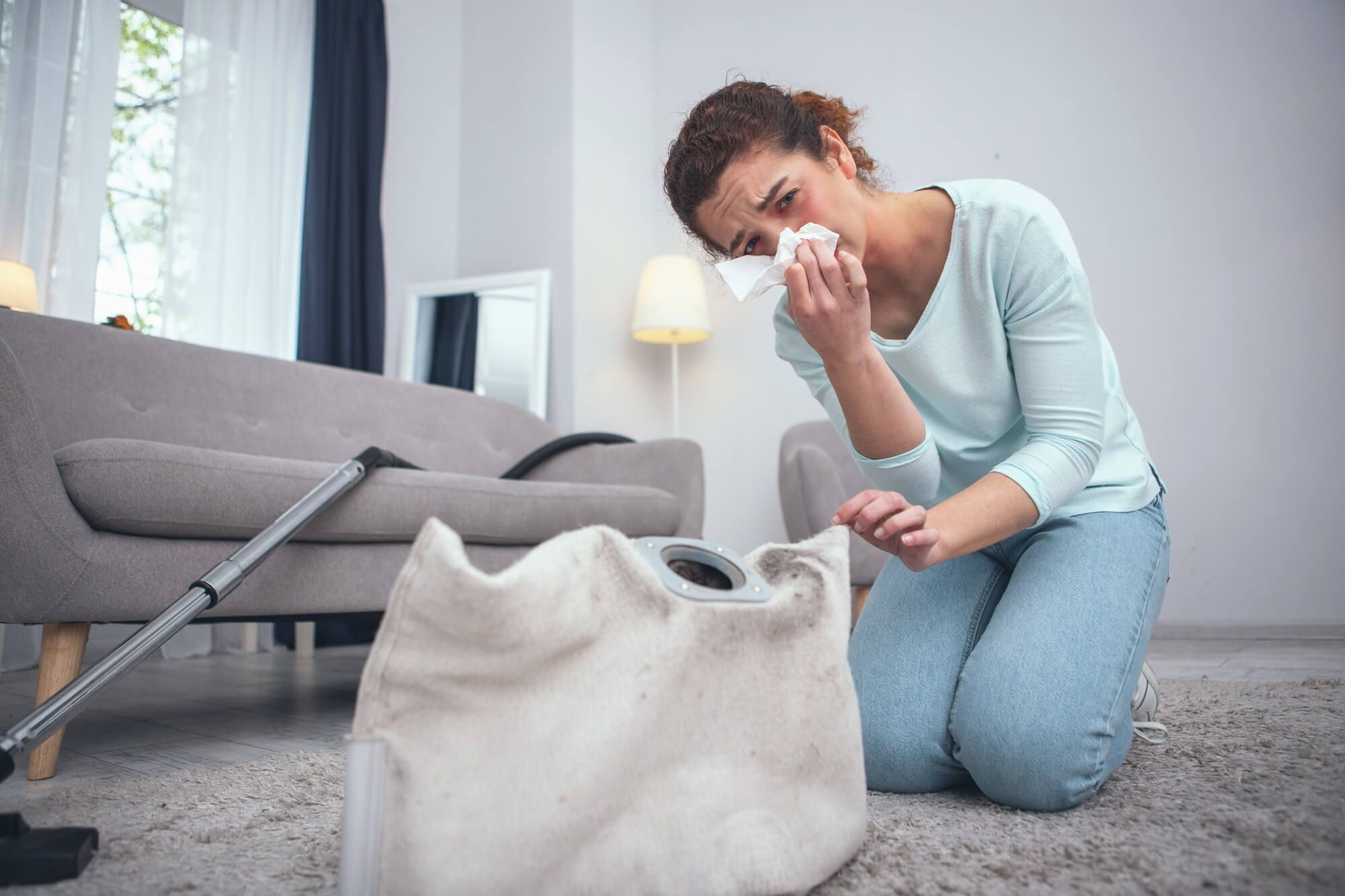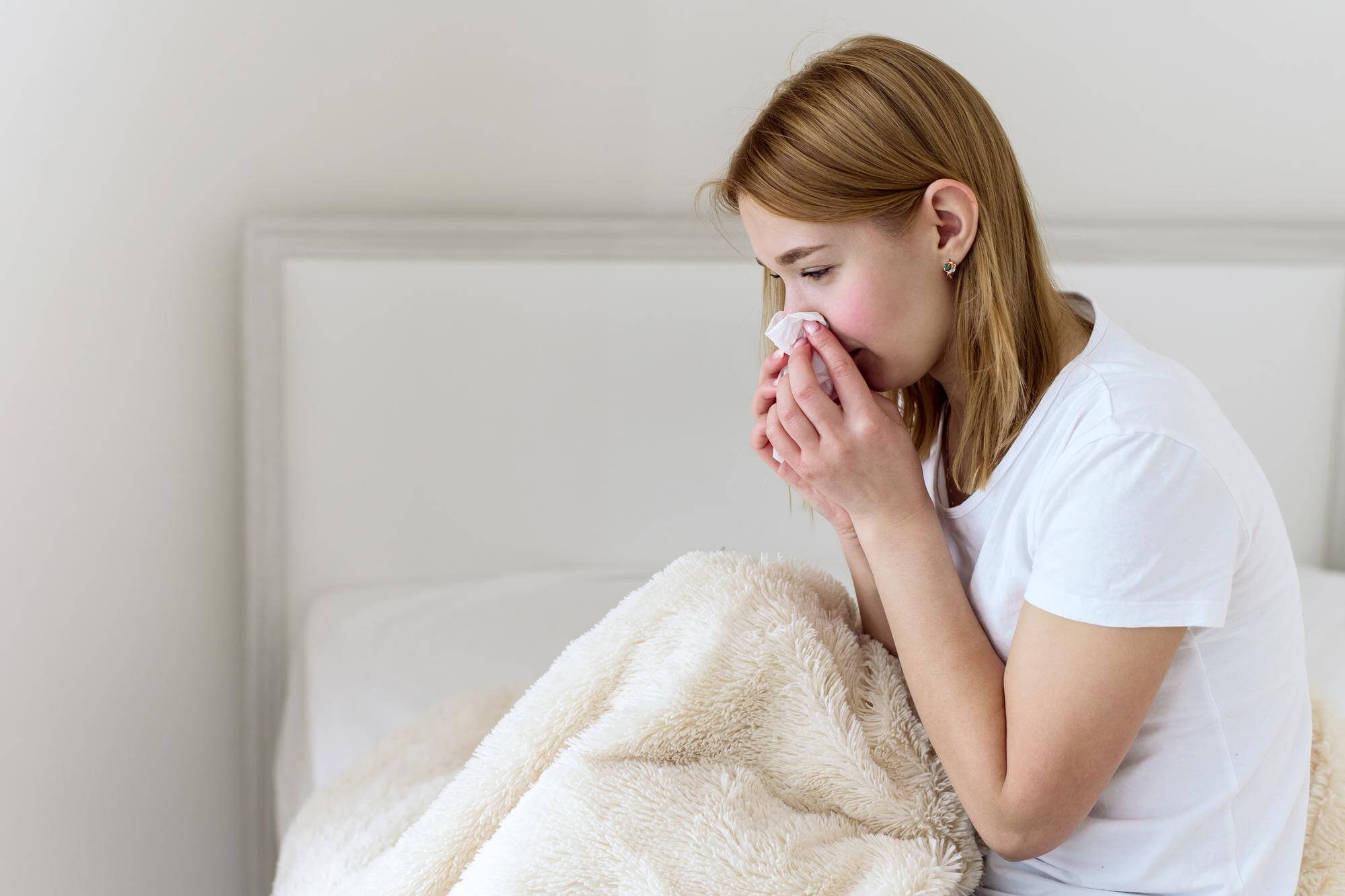Secrets to fighting dust allergy: from symptoms to treatment


Viktor Levchenko
Causes of dust allergy
Dust allergy is a common phenomenon, especially among urban populations. It is important to understand what can cause dust allergy in order to effectively combat it and take preventative measures.
Composition of household dust
Household dust consists of many particles: mites, pet dander, plant pollen, construction dust, office paper dust, book dust, and even cement or concrete dust. Depending on the composition of the dust, different allergic reactions may occur. For example, a child may have an allergy to household dust, while an adult may have an allergy to construction dust.
Individual predisposition to allergy
Each person has their own degree of predisposition to dust allergy. In some, the reaction to dust may manifest only slightly, in the form of mild itching, while in others it may cause a strong allergic reaction with serious symptoms.
Environmental Impact
Environmental quality also affects the development of dust allergy. In cities where pollution levels are high, the likelihood of developing an allergy increases significantly.
Dust allergy symptoms

Dust allergy manifests itself in various symptoms, including respiratory, skin, and general signs.
- The main symptoms of dust allergy include itching, hives, facial swelling, runny nose, sneezing, and difficulty breathing. In some cases, more serious manifestations such as asthma or angioedema may occur.
- Respiratory symptoms of dust allergy may include coughing, difficulty breathing, runny nose, and nasal congestion. Asthma or bronchial obstruction may also be observed in children.
- Skin manifestations of dust allergy may include redness, itching, rash, and skin inflammation. In some cases, the allergy may appear as nail, wood, or library dust on the skin.
Diagnosing dust allergy

To determine a dust allergy, it is necessary to consult an allergist who will diagnose and prescribe appropriate treatment. At the allergist's appointment, dust allergy symptoms, medical history, and possible risk factors are discussed. The doctor also examines the skin, nasopharynx, and lungs to determine the degree of allergy severity.
Allergy tests
Allergy tests include skin tests, used to determine the reaction to various allergens. The doctor may also prescribe a blood test for antibodies to allergens.
Additional investigations
In some cases, additional investigations such as chest X-ray, spirometry, or bronchoscopy may be required for differential diagnosis.
Dust allergy treatment

Dust allergy treatment depends on the severity of symptoms and individual patient characteristics. The allergist prescribes medication, immunotherapy, or alternative methods.
Medication treatment
Medication treatment for dust allergy includes the use of antihistamines, such as tablets (loratadine, cetirizine, fexofenadine, desloratadine, ebastine), which are considered the best for relieving allergy symptoms. In some cases, hormonal agents, such as corticosteroids, may be prescribed to control inflammatory processes and reduce swelling.
Immunotherapy
Immunotherapy (ASIT) is a method of treating dust allergy in which the patient is administered small doses of allergen to gradually accustom the immune system to it. This helps to reduce sensitivity to dust and decrease the intensity of the allergic reaction.
Alternative treatment methods
Alternative treatment methods for dust allergy include homeopathy, phytotherapy, acupuncture, and other non-traditional approaches. It is important to remember that the choice of treatment method should be individual and agreed upon with an allergist.
Prevention and control of dust allergy

Prevention of dust allergy involves minimizing contact with allergens and creating a comfortable environment at home.
Cleaning and housing maintenance
Regular cleaning of rooms, ventilation, using hypoallergenic materials and textiles will help to reduce the concentration of dust in the home.
Wet cleaning and vacuuming with filters
Wet cleaning and using vacuums with HEPA filters effectively remove dust and allergens from the air, reducing the risk of allergic reactions.
Limiting dust exposure in everyday life
Avoid contact with known allergens, such as construction dust, street dust, or dust at work. You may need to change your lifestyle, especially if dust allergy causes serious complications.
Dust allergy is a serious condition that requires a comprehensive approach to diagnosis and treatment. Proper selection of medication treatment, immunotherapy, or alternative methods, as well as adherence to preventive measures, will help reduce symptom intensity and improve the patient's life. It is important to consult an allergist in a timely manner and follow all their recommendations for achieving the best results in combating dust allergy.
New materials
Popular Articles
We recommend reading
Contact us in the Contact Us section to ask questions, offer ideas, or for more information about our allergy resource.
Our articles are your trusted source of allergy knowledge. Learn how to make life with allergic reactions easier on our specialized portal.
©
Lechenie-Allergii.com. All rights reserved.
© Lechenie-Allergii.com. All rights reserved.
The information on this site is for informational purposes only and is not a substitute for professional medical advice. We recommend consulting with qualified medical professionals for accurate information and advice.
 English
English  Українська
Українська  Русский
Русский 









